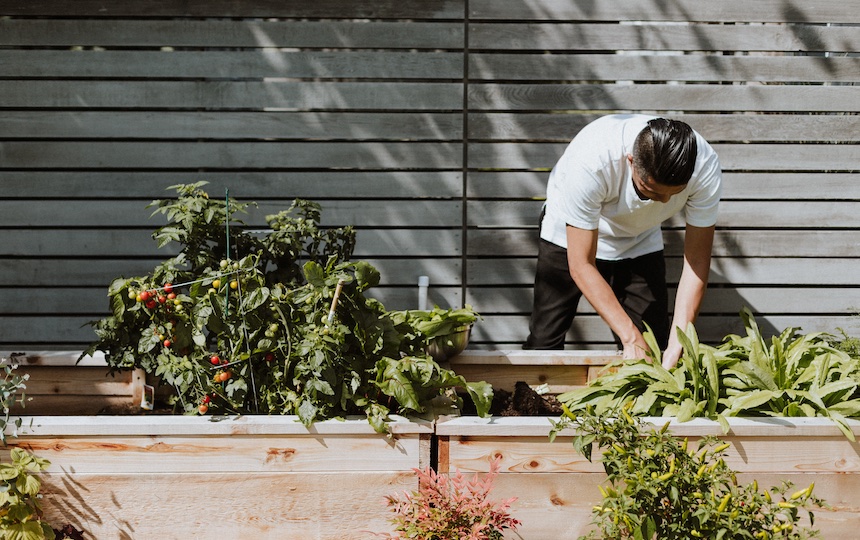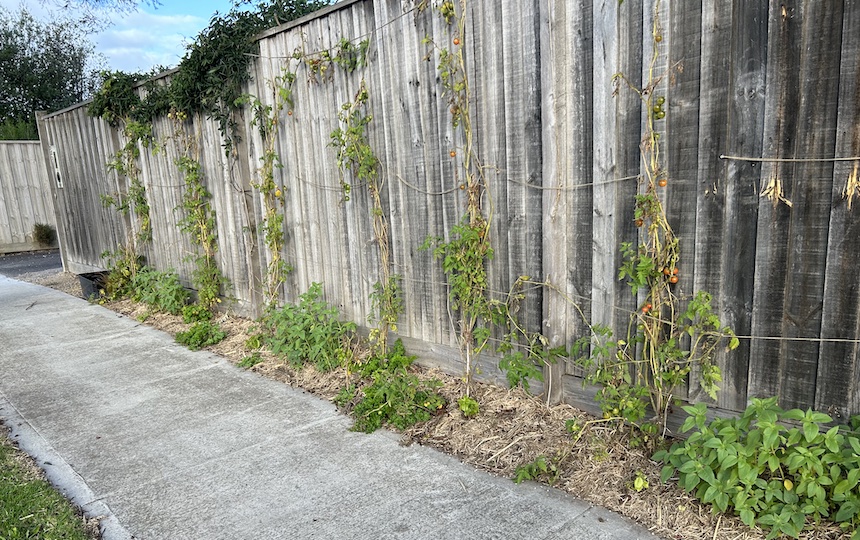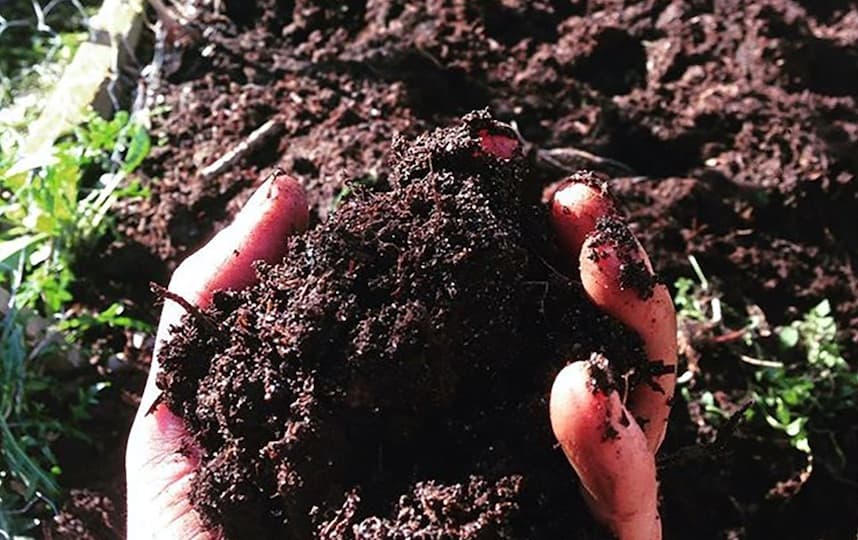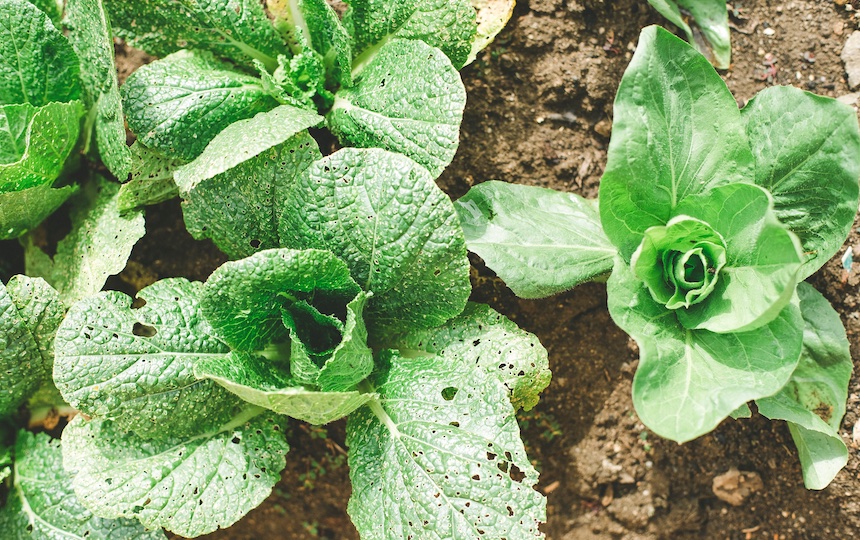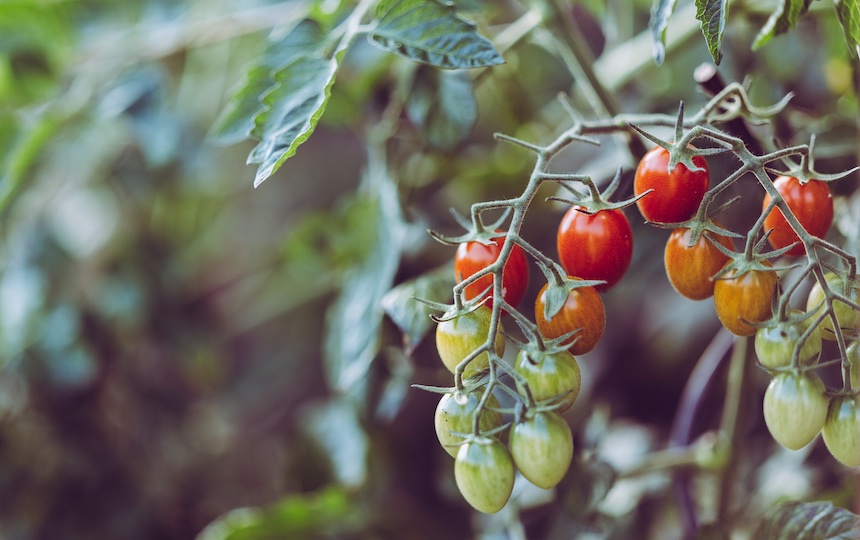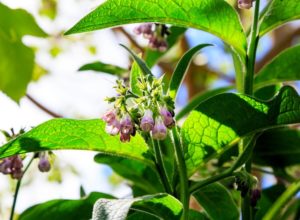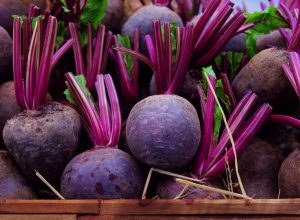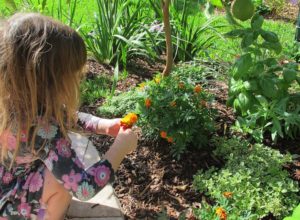Everything you need to know about converting your boring old grass nature strip into a bountiful edible verge garden.
Step onto any suburban street and you’re bound to find someone expanding their garden to occupy their verge or nature strip. This is not a new way of growing extra produce or beautifying your street, but it is becoming much more accepted by residents and, to a point, even encouraged by local councils.
Verges, or nature strips, are usually council-owned land between a private residence and the road, and are strips of opportunity to expand either your edible garden or native garden for wildlife. But before you head out the front to convert your boring old grass nature strip into a bountiful edible verge garden, there are a few things to do first.
Check with council
Most councils will be aware of verge gardens and so as well as offering advice and guidelines, may also be willing to offer local plants to get you started. Depending on your street or position it’s not unusual for council to have height restrictions on plants to ensure visibility of passing traffic. It might regulate the depth of your garden to ensure clear access for pedestrians, or what you deem a beauty might be classified as an environmental weed by councils.
Councils may also have concerns about the maintenance of newly planted verge gardens, so it’s not a bad idea to make your design reversible. That way, if you move on from your property and the new tenants or owners don’t have green thumbs, it can be easily turned back into a more conventional low-maintenance area.
Love thy neighbour
Before starting your verge garden it is a good idea to talk to your neighbours about your intentions. Not only will this generally ensure they get used to the idea before the transformation takes place, but you might find they may also want to get on board and start growing food on their verge, meaning you can plan your crops to share.
A simple “coming-soon” sign stating your verge garden intentions, or a letter drop to your neighbours, will help them visualise your plans and may raise interest and support. The offer of some shared herbs or produce will be well received, too.
Soil testing
Growing an edible verge garden means you’ll be harvesting produce from out the front, so it is highly advisable to get a soil test done first. If you live on a busy road or street, your soil could have high levels of lead and other contaminants. Depending on the age of your home (or fence), you could find discarded building materials quite close to the surface, so knowing what’s in your soil before planting food is an excellent idea.
If you do want to create a garden on your verge, but find that your soil is not ideal, maybe look at planting a bee-friendly garden or native plant option to feed your local wildlife instead.
Another option is to consider growing produce in pots, strawbale gardens or raised beds to avoid planting in contaminated soil.
Soil tests can be carried out for free via the VegeSafe website offered by Sydney’s Macquarie University in Sydney. This service is available to all Australian residents and your soil tests will contribute to a much greater soil map to benefit more people and which can be viewed online.
Dial before you dig!
Most verge gardens will be best started using no-dig methods of covering existing lawn with a thick layer of cardboard and mulch, but if you will be planting fruit trees or shrubs that need to be planted deeper, it is always advised to check for any underground infrastructure first.
Before you poke a shovel into your verge, check for underground phone lines, gas lines, water pipes or electricity by looking up the dial before you dig webpage here for plans of underground connections.
Food is free
You will need to take into account the inevitability that your productive edible verge garden will also be enjoyed by neighbours and passers-by. As your verge is public or council-owned land, the produce grown on this space is best shared and can be a great way to meet locals in your area.
Be aware there may be native animals and pets walking through or past your garden, so be cautious about plants that you will be harvesting that may have been weed on by dogs.
Delicate crops like salad leaves may be best grown in pots or raised beds out of range by visiting dogs. It’s not just animals you need to consider either. Fruit trees that drop fruit can become a hazard for pedestrians to slip on, so making sure footpaths are kept free of fallen fruit might just save you a nasty argument.
Lots to love
Planting a verge garden is a great way to ensure you’re spending more time outside the confines of your fence, meeting the community and connecting with neighbours. You will create interest in what’s growing and ready to harvest, share ideas and knowledge about pest management and you might even pick up some tips from other local gardeners.
As well as having extra growing space, a verge garden is a place to create, connect and share.

